Rare Rides: The 1994 MG RV8 – Small Roadster, Big Engine

Today’s Rare Ride combines a traditional roadster design from the Sixties with updates from the Nineties, and uses an engine from somewhere in between.
Let’s learn more about a hodgepodge which is the very limited production MG RV8.
To understand today’s subject, we’ll take a quick stroll back to 1962. Said year saw the introduction of a new roadster from BMC, the MGB. Unlike older body-on-frame sports cars, the MGB used a modern monocoque structure, and filled it with older components from 1950s MG cars. The new design was just the thing to sate the public’s desire for a lightweight, affordable roadster. MGB was almost instantly successful domestically, and crucially for BMC’s cash flow, sold well in the United States.
The MGB was updated slowly over the years, and a GT hatchback version was added. For a short while there was also an MGC that featured an inline-six engine. BMC became British Leyland, time marched on, and by the late Seventies the MGB was sold beside a more modern offering from Triumph, the TR7. Management felt the MG was eating up TR7 sales, so they cancelled it after 1980. The reality was the classic British two-seat roadster market had dried up at that point, and it made little difference to TR7 sales. Things were quiet the rest of the decade, until a little offering from Japan came along in 1989: the Mazda Miata.
Suddenly two-seat roadsters were cool again, and Rover wanted a piece of the action. There wasn’t much money to develop anything new, so the brass turned to British Motor Heritage. The subsidiary was created in 1975 to supply parts for classic British cars, but branched out to body shells in 1988 with replacement MGBs. MG Midget bodies were added to the production line in 1991. BMH could theoretically start small production of updated MGB bodies in short order, and on the cheap.
But some changes were in order to make the ancient MGB Nineties-worthy. A light suspension rework occurred, but left the basics (including the leaf springs) intact. Front brakes were discs as in all previous MGBs, though drums remained at the rear. Underneath, a limited-slip differential appeared. The body shell was updated to look more modern, but retained the hood and doors of the original MGB. Power arrived via the 3.9-liter Rover V8 as seen in the Range Rover. MG was familiar with such an engine placement, and had done a similar one before: They used the 3.5-liter Rover V8 in the MGB GT V8 of 1973. The 3.9 in early Nineties guise made 190 horsepower, and pushed the RV8 to 60 in 5.9 seconds.
The production of the newly created RV8 was piecemeal. BMH made the body shells, and sent them to the Rover plant at Cowley (it makes Minis now). Cowley applied the paint, then the bodies went to Longbridge (1905-2016) for assembly. Built on their own line and largely by hand, the RV8 featured real wood trim, luxurious Connolly hides, and many ruched details.
As a result, the old-new car was expensive, felt old fashioned, and was not popular with reviewers or consumers when it went on sale in 1992. Still intent on competition with the Miata, Rover exported the majority of the 1,983 RV8s to Japan. Only 330 of them were reserved for UK sale. The RV8 was churned out slowly until 1995, at which point the 32-year-old design was finally retired.
Today’s 1994 example is at auction right now in England. In a nice metallic green with tan hides, the price is £3,000 as of writing, and its reserve is not yet met.
[Images: seller]

Interested in lots of cars and their various historical contexts. Started writing articles for TTAC in late 2016, when my first posts were QOTDs. From there I started a few new series like Rare Rides, Buy/Drive/Burn, Abandoned History, and most recently Rare Rides Icons. Operating from a home base in Cincinnati, Ohio, a relative auto journalist dead zone. Many of my articles are prompted by something I'll see on social media that sparks my interest and causes me to research. Finding articles and information from the early days of the internet and beyond that covers the little details lost to time: trim packages, color and wheel choices, interior fabrics. Beyond those, I'm fascinated by automotive industry experiments, both failures and successes. Lately I've taken an interest in AI, and generating "what if" type images for car models long dead. Reincarnating a modern Toyota Paseo, Lincoln Mark IX, or Isuzu Trooper through a text prompt is fun. Fun to post them on Twitter too, and watch people overreact. To that end, the social media I use most is Twitter, @CoreyLewis86. I also contribute pieces for Forbes Wheels and Forbes Home.
More by Corey Lewis
Latest Car Reviews
Read moreLatest Product Reviews
Read moreRecent Comments
- Legacygt It was more than 20 years ago that the Bangle designed BMW sedans started looking a little bit awkward. But the lineup today is chock full of downright ugly vehicles. This is one of them.
- Jeff It does state in this article that Europeans as well as Americans have cooled on EVs. I can see push back from consumers on the 2035 deadline for EVs in Europe and in states like California. I have no problem with manufacturers offering EVs but many for at least now don't want EVs. Maybe GM instead of planning to do away with the Malibu to make more EVs should have offered the Malibu as only a hybrid like Toyota is offering the Camry for 2025. It would cost GM a lot less to offer a hybrid Malibu and it would outsell any EV that plant would produce. I even think GM would increase sales of the Malibu as a hybrid only and more competitive pricing.
- Kwik_Shift_Pro4X I fell asleep looking at that image.
- Verbal Rented a Malibu a while back. It was fine, if a bit gutless.I get that Detroit wants to go all-in on high profit margin SUVs and blinged-out MAGA trucks. Everyone has known for decades that they can't compete on price in the affordable sedan space. So now all of Detroit's sedans are gone except for a couple of Cadillac models.But you'd think that just one of the domestic brands could produce a fun, competitive and affordable sedan. Just one? Please? Anyone? Bueller?
- 3-On-The-Tree I wouldn’t even use Ford as a hearse for fear of being late to my party.



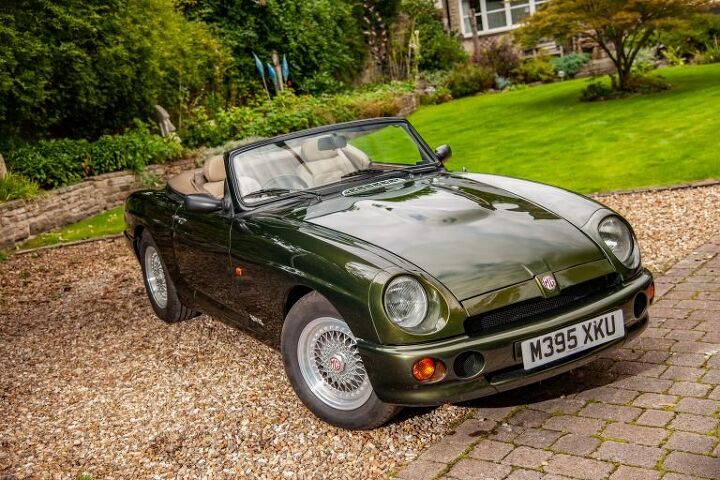





















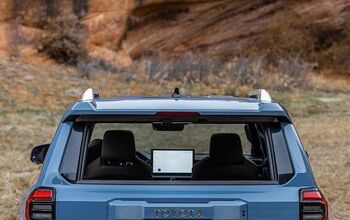

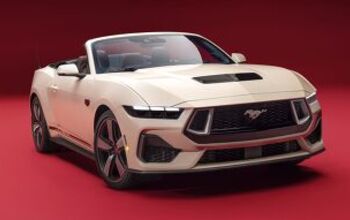
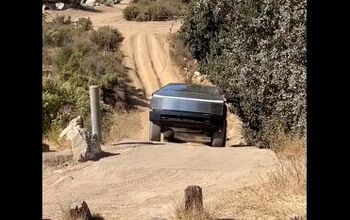
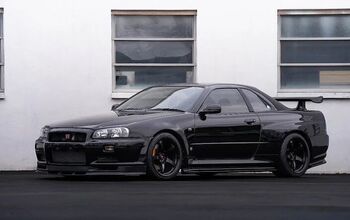
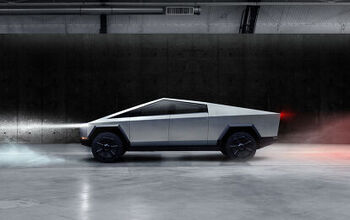

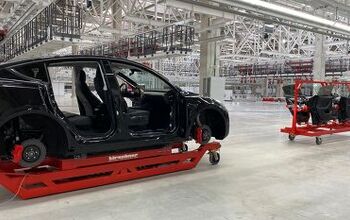
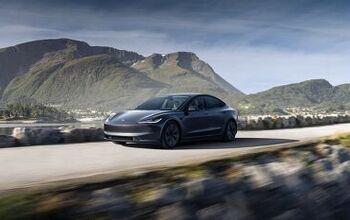
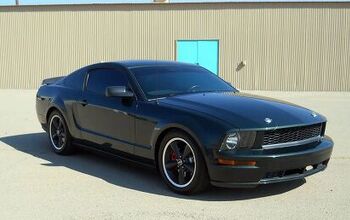
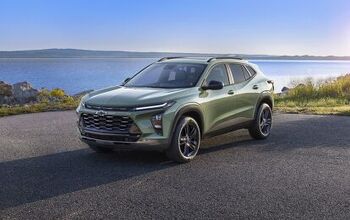
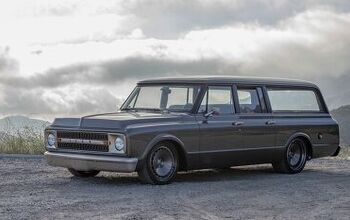
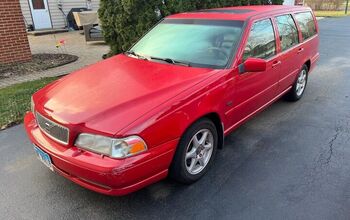
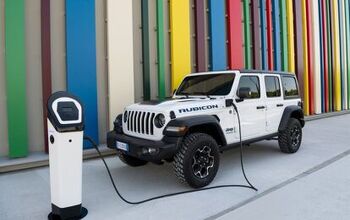
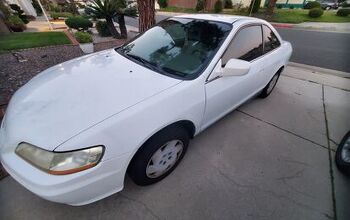
Comments
Join the conversation
Eligible for import to USA.
I had both cars mentioned. In my younger days, I had a 1977 MGB, 4-speed, British racing green. Looked great sitting still, which is what it did best. Probably the worst car I ever owned. It was poorly built and painfully slow. My girlfriend at the time had a stick shift 3-cylinder Geo Metro and I couldn't keep up with her on the climb through the Blue Ridge Mountains despite my dual carbs and straight exhaust. Fast forward many years later and I owned a Miata for 5 years which was one of the best cars I ever had. The Japanese are masters at reverse engineering. They did exactly what they did with American VCRs a decade before: took an existing concept, analyzed how they could make it better, simpler, cheaper, and more reliable.